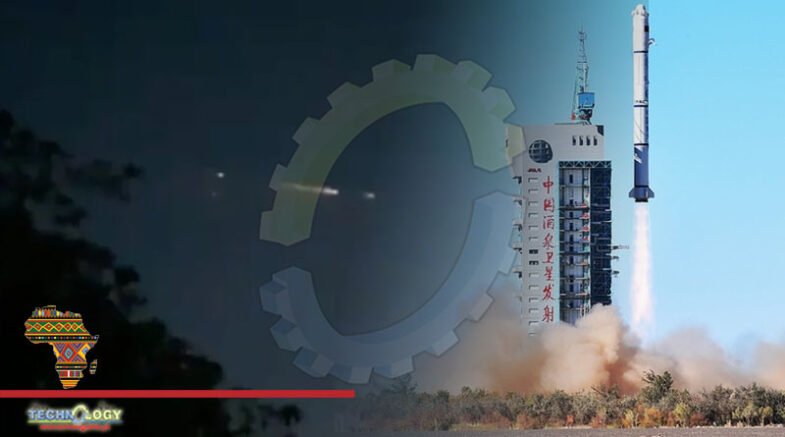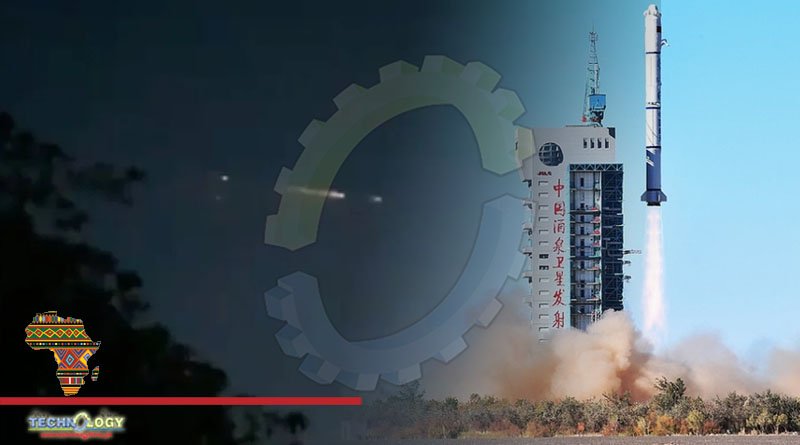A shooting star observed by people in Pretoria, Polokwane, and Bulawayo was the upper stage of a Chinese rocket burning up in the atmosphere.

This was the conclusion of astronomer at the Center for Astrophysics in the United States, Jonathan McDowell.
McDowell contradicted reports citing the South African Astronomical Observatory, which said the phenomenon was a bright meteor, or bolide.
“I am skeptical SAAO has any data that confirms this as a meteor, I think they are just making an incorrect assumption,” McDowell stated.
“Pretty sure it was the YZ–1S stage.”
By the time of publication, the SAAO and the Astronomical Society of South Africa (ASSA) had confirmed that the phenomenon was caused by the re-entry of the upper stage of the Yuanzheng-1S, designated YZ-1S.
Figuring out what caused the phenomenon was a puzzle that fascinated astronomers on Tuesday night.
McDowell explained that he estimated the deorbit trajectory, but his initial calculations did not match the time of the observations in Zimbabwe and South Africa.
He then calculated that the most likely explanation was that the Yuanzheng–1S made a deorbit burn that wasn’t quite decisive enough.
The rocket seems Shooting Star then did three orbits around the Earth before reentering the atmosphere.
Spaceflight Now reported that the Yuanzheng–1S carried two test payloads for a planned constellation of Internet satellites.
According to the China Aerospace Science and Technology Corporation, the Long March 2C rocket lifted off at 13:15 (19:15 Beijing time) on Tuesday from the Jiuquan launch base in the Inner Mongolia region of northwestern China.
Military tracking data from the United States suggested that the upper stage delivered the two satellites into an orbit of about 1,100 kilometres with an inclination of 89.4 degrees to the equator.
There was an unidentified third satellite aboard the rocket, which also had a communications tech demo mission.
Videos of the rocket re-entering the atmosphere over South Africa posted to Twitter are embedded below.
Source My Broadband
